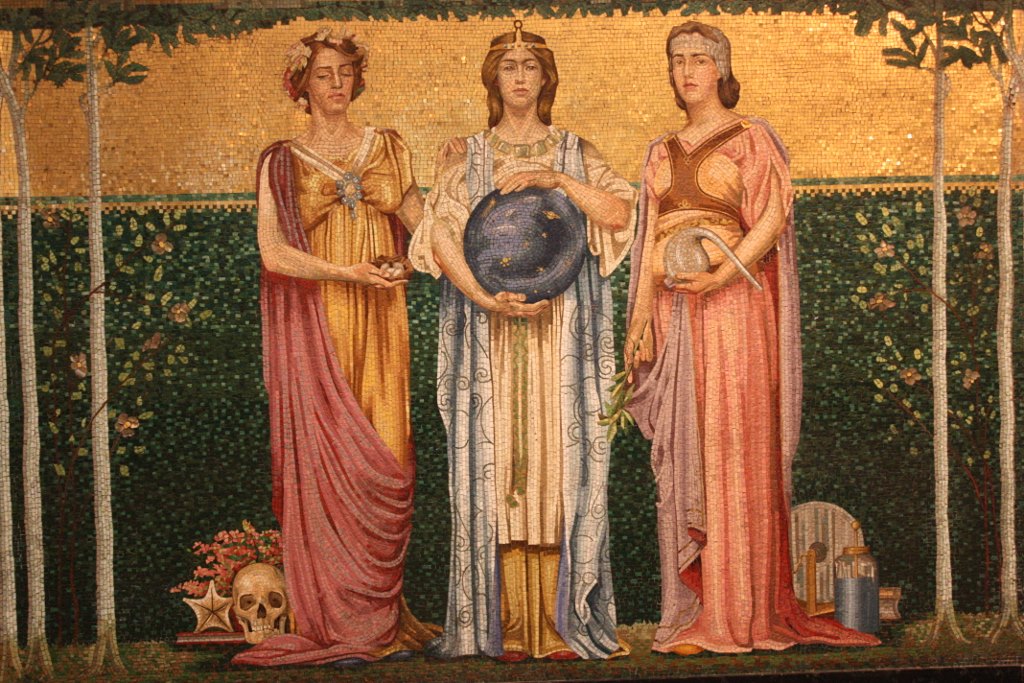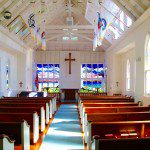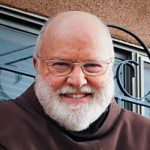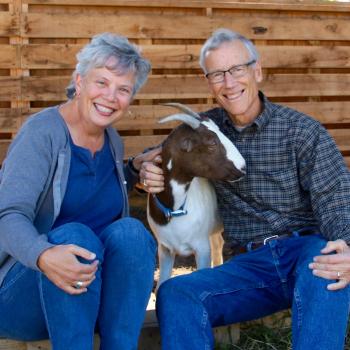
My last post was on Daniel Klein’s wonderful book Travels with Epicurus: A Journey to a Greek Island in Search of a Fulfilled Life. Today’s post is a natural follow-up: a chapel where they worship philosophy.
O.K., so that’s a bit of an exaggeration. But until I visited Cornell University’s Sage Chapel in Ithaca, New York, I’d never been to a church that has a figure named Philosophia behind its main altar. What’s more, this thoughtful gentleman is surrounded by beautiful women representing other academic subjects, including mathematics, chemistry, theater, literature and music.
Built in 1873, Sage Chapel was named after Henry Sage, a trustee at the university. Designed by Charles Babcock, a professor of architecture at the university, its mosaics, stained glass, and decorative motifs blend Christian iconography with symbols of learning in a way that totally charmed me.
I don’t think I’ve ever visited a place that so beautifully celebrates the sacredness of learning. We’ve almost totally lost that sense of the holy in academia, in this era when education is a tangled web of competing and often fractious secular interests. But the ancient Greeks wisely recognized that learning is a sacred endeavor. Education is a process of transformation that has the potential to bring great good to the world–and surely that is a mark of the spirit at work.
I was also intrigued to see an image from the Parable of the Sower above the central altar. Do you know that story? It describes a farmer scattering seed across different types of ground. Some of it falls on the path and some on rocky ground, so these seeds do not grow. Other seeds fall among thorns and are choked by weeds. But some fall on good soil and bear a hundred times what was sown. So it is with the word of God, Jesus says. Much of the time it doesn’t germinate at all or withers away when it faces hardship. But sometimes it lands in the soil of a good and noble heart, someone who by persevering produces a bountiful crop.
Now there’s a parable that fits the scientific method, for it takes a lot of tries to get something right, either in a soul or in a lab. And we need good and noble hearts in our colleges and universities to germinate the seeds of learning so they bear good fruit.
Cornell’s 800-seat chapel is used for ecumenical services as well as weddings, concerts and funerals. But the main reason you should visit is simply to admire its seamless intertwining of spirituality and learning. I doubt that any university could build such a chapel today–there would be too many arguments about what to include and how to picture them–but I’m glad they preserve this building at Cornell University. Its students, whether they realize it or not, are blessed by its presence.












